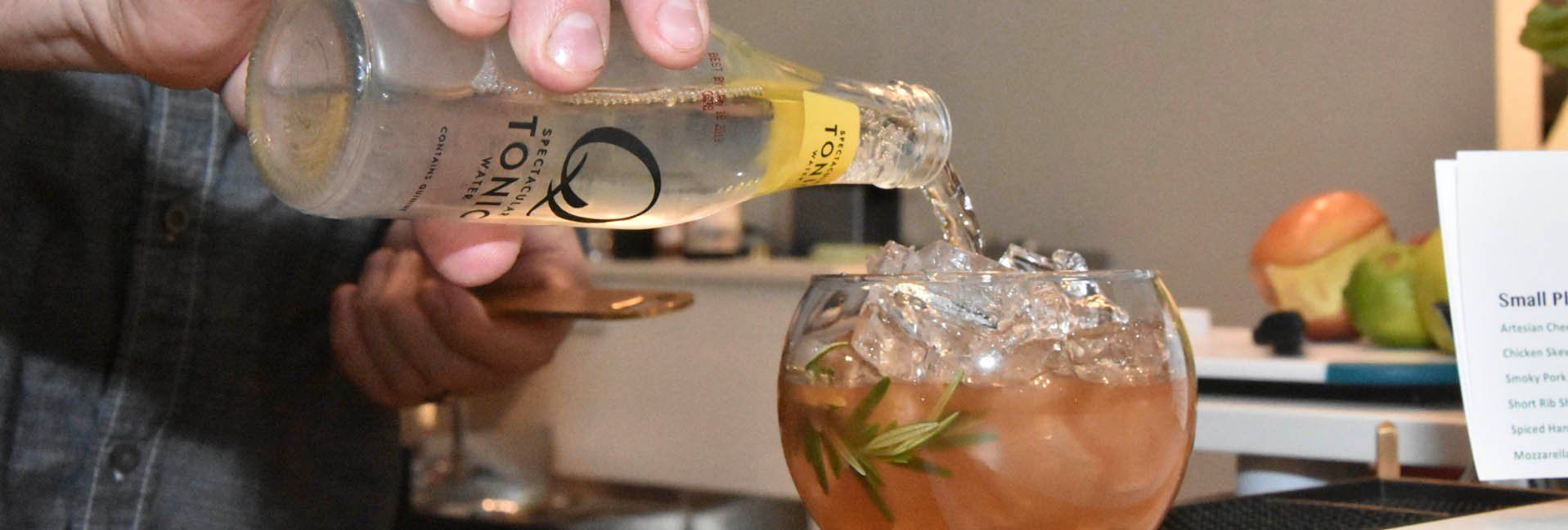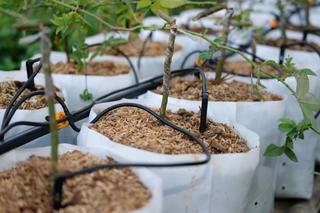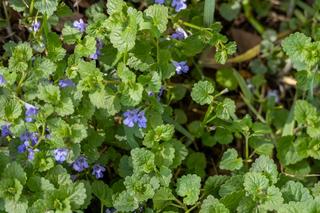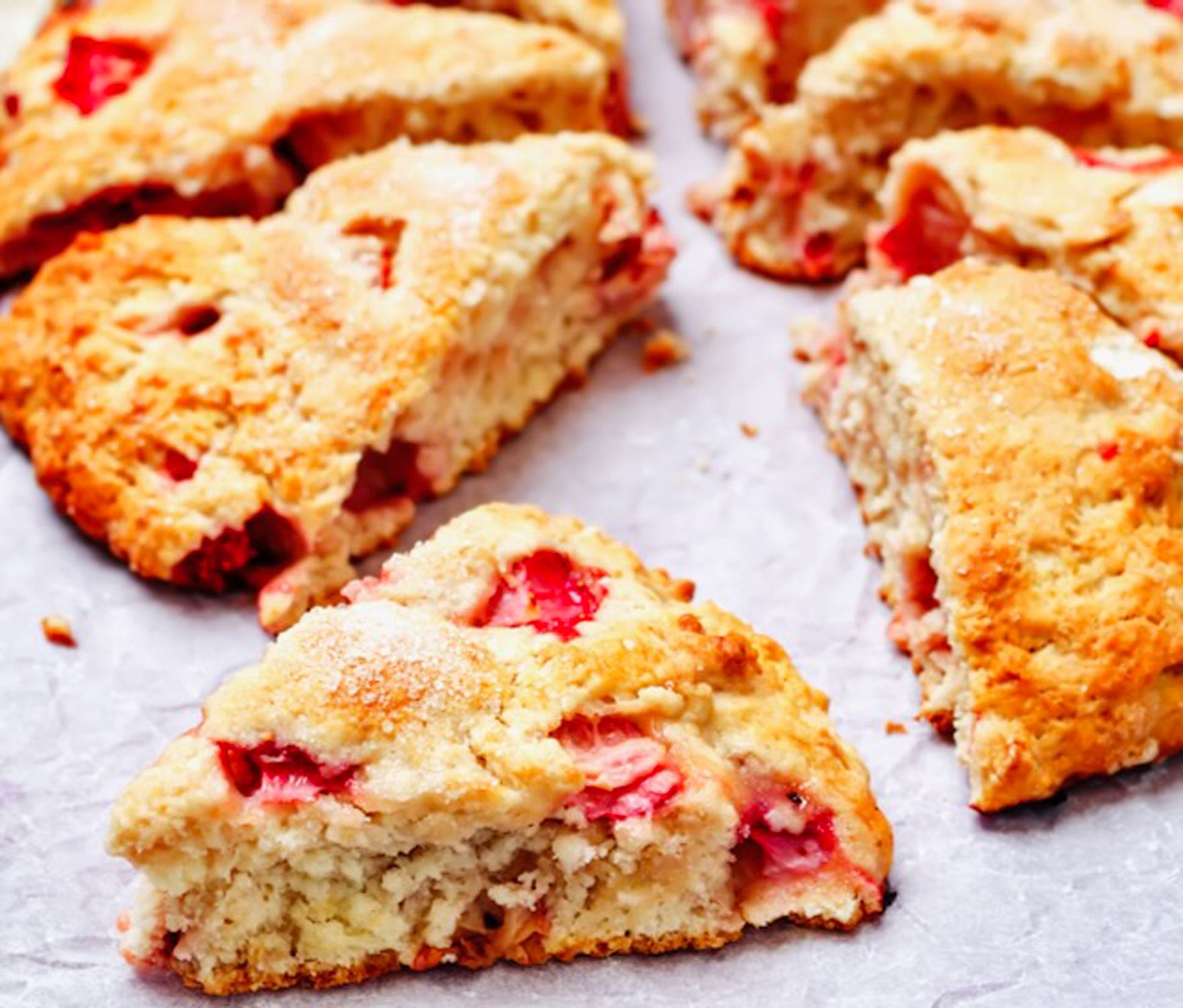Cocktails On A Comeback - Crafting mixed drinks on the rise


It used to be you could determine the age of restaurant, bar, and tavern patrons by their drinks on the table. Young people drank beer (or wine, for the ladies), and old guys drank highballs and the occasional Scotch-and-soda. While this made it easy on bartenders—a highball by definition is whiskey and some carbonated beverage, not too taxing—in recent years they have had to up their game.
Cocktails are on a comeback, cutting across all age groups, and some patrons are fussier than ever. You see, it’s not just that cocktails are being requested, but craft cocktails, made with more care and typically more ingredients than a simple “CC-and-Seven.”
What’s so special?
These often include high-quality low-volume spirits from small distilleries (see AcreageLife’s October, 2017 article on moonshine or the sidebar on page [INSERT PAGE/ ORIENTATION]), fresh ingredients, and sometimes additional beverage mixers you might not have heard of before (amaro, anyone?). Depending on the creativity of the bartender, you might find freshly-rendered juices, syrups, spices, teas, or even dairy products in their concoctions.
“The craft cocktail revival began on the coasts in the early 2000s, but has since infiltrated nearly every corner of the country. It's easier than ever to find good cocktails made with quality spirits and fresh ingredients,” notes Kevin Gray, an editor with the online forum, cocktailenthusiast.com.
Kevin says that many of the popular craft cocktails have moved on from sweet, syrupy drinks like whiskey sours, stingers, piña coladas, and bland rum-and-cokes. The Old Fashioned, for example does have a sugar cube in it, but it also features herbal bitters to counteract that sweetness.
This has also caused something of an inventory change for bars, too. Whiskey, in general, is on the rise, he says. Vodka remains the most popular spirit, but whiskey (and rye and Irish in particular) are growing at higher rates.
“In large part because so many classic cocktails call for rye whiskey—the Old Fashioned and Manhattan, for example—the rye whiskey category saw explosive growth,” Kevin says. “Between 2009 and 2014, rye has seen a more than 600% sales increase, and it's still growing.”
The unfamiliar name game
Bars have put their mixologist wizards to work creating unique drinks with sometimes-hard-to-duplicate ingredients. Even smaller-town establishments can now offer you a “craft menu” of creatively-titled beers and mixed drinks.
For the truly invested, look for homemade simple syrups that may include complementary aromatics like lemon, orange, ginger, chili, basil, or lavender. Some even go so far as to make their own ice using herbs and other flavorful additives.
Also growing are the popularity of various mixers, such as amaro (plural amari). These are aromatic digestifs from Europe that typically offer a bitter or piquant in taste. In craft cocktails to they balance out sweetness from syrups or the liquor itself. American tastes typically shy away from drinking these sometimes-bitter-but-usually-just-unsweet beverages by themselves, but they shine by adding zest to cocktails.
Popular names include Aperol, Campari, Cynar, and Fernet.
Get the party started
To hone your senses in preparation for a craft cocktail experience, you can easily make unique cocktails at home. Be adventurous and take your time to enjoy the subtle flavors and fragrances that craft beverages offer. Here are two to begin with.
The Old Fashioned
Discover why your parents and grandparents enjoyed this classic.
Ingredients
Angostura bitters — up to 4 dashes
1 sugar cube
Club soda — splash
Bourbon or rye — 2 oz.
Orange peel
Maraschino cherry
Preparation:
In an Old Fashioned glass (low and wide with straight sides and a heavy bottom), add the sugar cube. Wet with 4 dashes of bitters, and add the splash of soda water. Add the bourbon or rye. Stir about a dozen times to ensure a proper mix.
Purists may even stop there, but for most newbies, continue:
Add ice, often a single cube will do. Garnish with twisted orange peel, squeezing its oils into the drink. Decorate with maraschino cherry. (We recommend Bada Bing cherries from tillenfarms.com—they have a fresh-from-the-tree flavor that compliments the other ingredients.)
Distillers, themselves are not shy about concocting their own unique beverages, such as “The Haberdasher” from Green Briar Distillery.
The Haberdasher
This twist on the classic Brown Derby shows off the spicy Rye content of Belle Meade Bourbon offering complimenting flavors of honey, grapefruit, and walnut.
Ingredients
2 ounces Belle Meade Bourbon
3/4 ounce Lemon Juice
3/4 ounce Ruby Red Grapefruit Juice
3/4 ounce Honey Syrup (3:1 dark honey to water)
1 dash Fee's Old Fashioned Bitters
To rinse Black Walnut Liqueur
Preparation
Rinse the glass liberally with Nux Alpina Black Walnut Liqueur. Shake ingredients together with ice and strain into a chilled cocktail glass such as a coupe. Garnish with a twist of Grapefruit.
Part of the fun of the craft cocktail experience is watching the bartender craft your drink.
‘People are gravitating toward better drinks, whether it's craft beer or well-made cocktails.’
—Kevin Gray, cocktailenthusiast.com
What’s a craft spirit, anyway?
We all recognize brand names like Seagram’s, Jim Beam, and Captain Morgan, which are nationally or internationally known. But how about names like Few (Evanston, Ill.), Watershed (Columbus, Ohio), Blaum Bros. (Galena, Ill.), Mother Earth (Kinston, N. C.),or Catoctin Creek (Purcellville, Va.)?
There’s an actual certification process to be called a “craft distiller” but generally speaking, craft distillers are those producing a limited number of cases or gallons, have private ownership, and maintain hands-on production throughout the process.
These craft spirits are far from being “red eye” or “rotgut.” In fact, one small distillery from tiny Swisher, Iowa—population 928—was named 2017’s “Distillery of the Year” by the American Distilling Institute for its variety and high quality. Founder Jeff Quint explains why “craft” distilling works for him: “We use our own corn. We grow it; we mash it; we ferment it; we distill it; we barrel-age it; and we bottle it.” Not only that, but they individually number each bottle produced.
Cedar Ridge’s Single Malt Whisky—you can’t call it Scotch if it’s not made in Scotland—recently received a 95 point rating from an authoritative wine and spirits publication. So, yes, it’s that good.
And, yes, craft spirits cost more but are worth it.
Tags:Country Kitchen

Acreage Life is part of the Catalyst Communications Network publication family.














